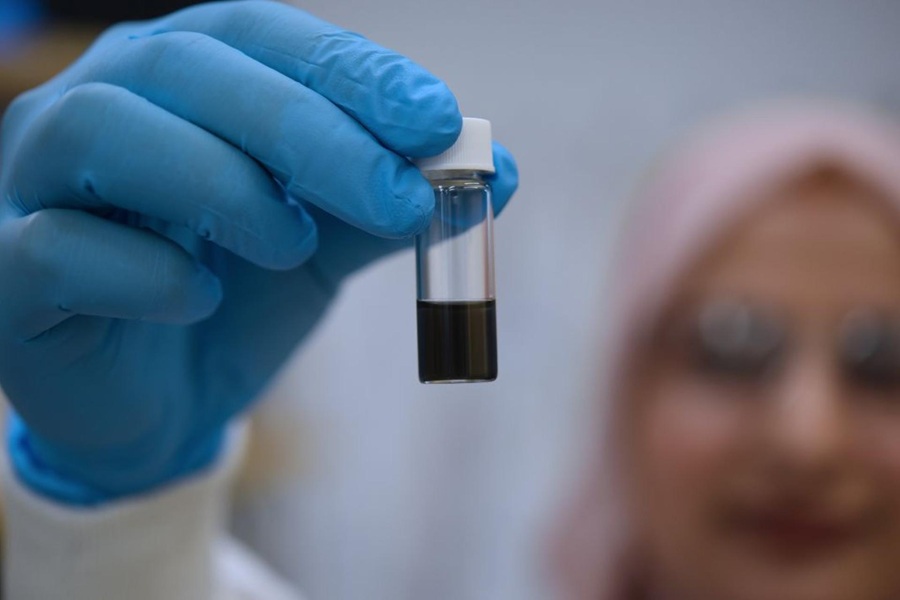Microchip-Based Device Detects Rare Tumor Cells in Bloodstream
By Labmedica staff writers
Posted on 09 Jan 2008
Scientists have developed a microchip-based device that isolates, counts, and analyzes circulating tumor cells (CTCs) from a blood sample.Posted on 09 Jan 2008
CTCs are so hard to find that it has been impossible to adequately investigate their biology and significance. Microchip-based technologies have the ability to accurately sense and sort specific types of cells, but have only been used with ml-sized fluid samples, the amount of blood in a fingerprick. Since CTCs are so rare, detecting them in useful quantities requires analyzing samples that are 1,000 to 10,000 times larger.
A team of investigators led by Mehmet Toner, Ph.D., from the Massachusetts General Hospital (MGH; Boston, MA, USA), investigated the factors required for microchip analysis of sufficiently large blood samples. The device they developed utilizes a business-card-sized silicon chip, covered with almost 80,000 microscopic posts coated with an antibody to a protein expressed on most solid tumors. The scientists also needed to calculate the correct speed and force with which the blood sample should pass through the chip to allow CTCs to adhere to the microposts. The new device--called the CTC-chip--has the potential to be an invaluable tool for monitoring and guiding cancer treatment.
The CTC-chip was tested against blood samples from 68 patients with five different types of tumors--lung, prostate, breast, pancreatic, and colorectal. A total of 116 samples were tested, and CTCs were identified in all but one sample, giving the test a sensitivity rating of 99%. No CTCs were found in samples from cancer-free control volunteers. To evaluate the device's ability to monitor response to treatment, blood samples were taken from nine cancer patients during their treatment for lung, colorectal, pancreatic, or esophageal tumors. Changes in levels of CTCs accurately reflected changes in tumor size as measured by standard computed tomography (CT) scans.
"This use of nanofluidics to find such rare cells is revolutionary, the first application of this technology to a broad, clinically important problem,” said Daniel Haber, M.D., director of the MGH Cancer Center. "While much work remains to be done, this approach raises the possibility of rapidly and noninvasively monitoring tumor response to treatment, allowing changes if the treatment is not effective, and the potential of early detection screening in people at increased risk for cancer.”
CTCs also can provide the molecular information needed to identify tumors that are candidates for the new targeted therapies and should help investigators to understand the biology of cancer cells and the mechanisms of metastasis.
The findings were reported in the December 20, 2007 issue of the journal Nature.
Related Links:
Massachusetts General Hospital














